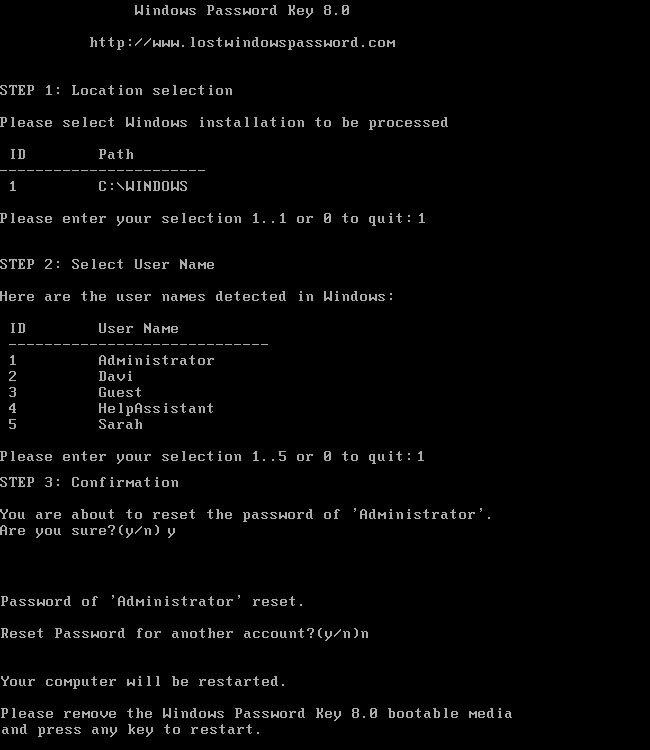

You will be redirected to the setup experience where you will insert or tap your key.Ĭreate a PIN (or enter an existing PIN if you have already created one). Identify what type of key you have (USB or NFC) and select Next. Select Add a new way to sign in or verify. To add a security key as a sign in method for your Microsoft account: Select Manage and follow the instructions. Go to Start > Settings > Accounts > Sign-in options. Make sure to familiarize yourself with the type of security key you have by reading the instruction manual from the manufacturer. There are different types of security keys that you can use, like a USB key that you plug in to your device or an NFC key that you tap on an NFC reader. Select Add a new way to sign in for verify.įollow the instructions to set up Windows Hello as a method for signing in. Select Security > Advanced security options. Go to the Microsoft account page and sign in as you normally would. To add Windows Hello as a sign in method for your Microsoft account: Under Ways to sign in, select a Windows Hello item to add. Select Start > Settings > Accounts > Sign-in options. Enterprise edition, which costs $39.Follow these steps to set up Windows Hello and then sign in to your Microsoft account in Microsoft Edge: All editions have different set of features with Standard having just a basic one and Ultimate having not only password reset, but also other system maintenance features, such as Registry cleaner. Since we are interested in password reset, let’s take a deeper look at Enterprise edition. Windows Password Key comes in four different editions: Standard, Professional, Enterprise and Ultimate.

But in times like these a good password reset software comes in handy. There are various password recovery tools available and today we’ll take a look at Windows Password Key. Sometimes bad things happen – you can forget password, your friends can put password on your device just to make fun of you, or maybe you work as IT support in your company and need to get access to employees device. There is a little doubt that biometric passwords are the future, but right now good old passwords is the main way of protecting your data.


 0 kommentar(er)
0 kommentar(er)
